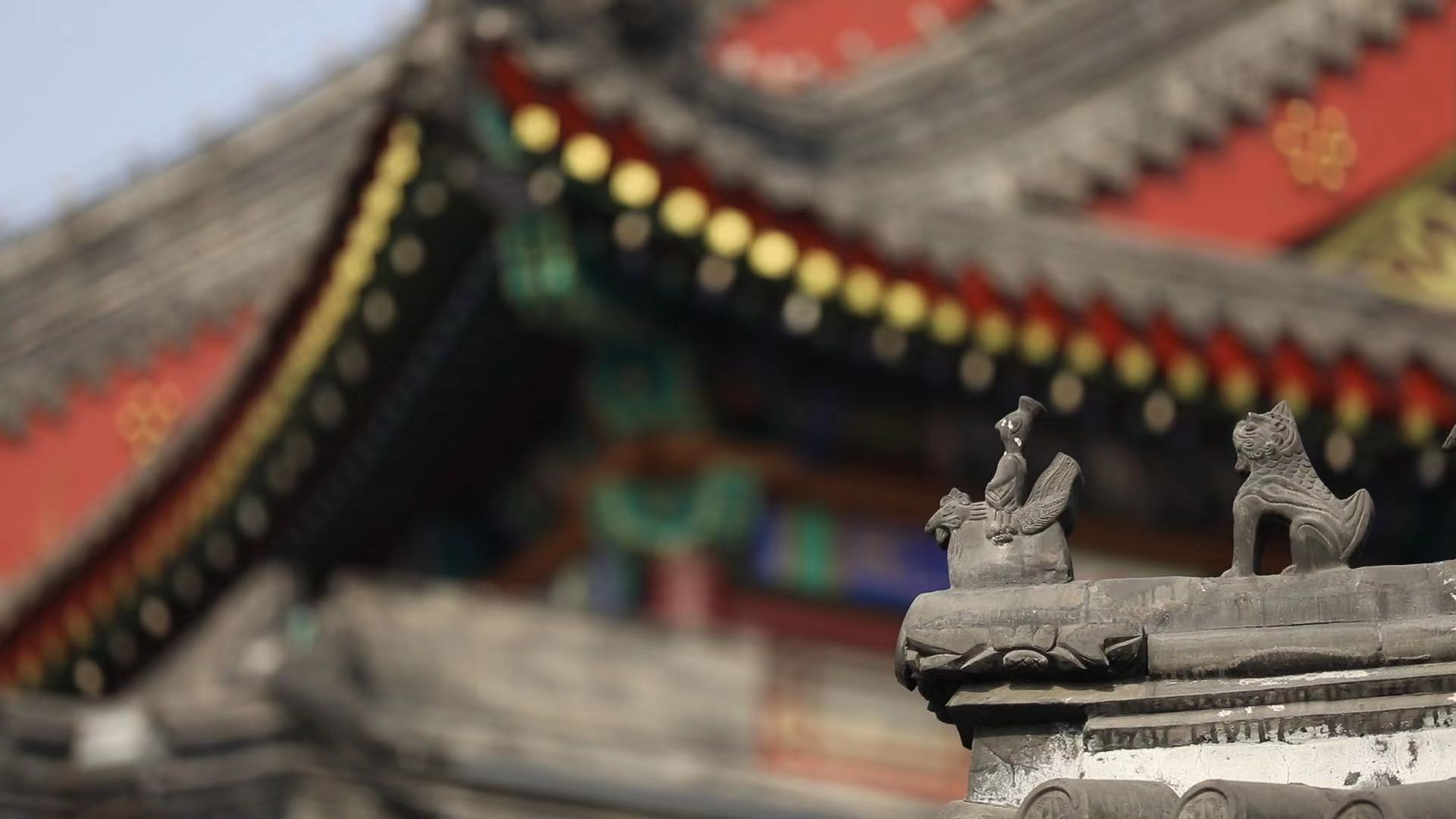
Arts
17:23, 05-Dec-2018
Woodblock printing tradition adds luster to tourism in N China's Yangliuqing
Updated
17:09, 08-Dec-2018
Feng Yilei
03:28

The world’s longest canal nurtures classic courtyards, merchant communities and folk crafts that have been kept for centuries in China’s northern town of Yangliuqing.
But for the masses, the place is known mostly for the creation of Nianhua - special woodcuts for the lunar Chinese New Year. Now at this tourist destination, you may find traces of this art form on almost every brick and tile, as the small town is ambitious to make this craft even bigger.

The refurbished Yangliuqing ancient town, north China's Tianjin Municipality. /CGTN Photo
The refurbished Yangliuqing ancient town, north China's Tianjin Municipality. /CGTN Photo
Wang Bingjian, director of the town's administrative committee, said homogenization is a big problem for ancient towns in northern China. Therefore, it's important to highlight Yangliuqing's unique features and combine tourism with its culture and history. As part of the restoration and upgrading project, they are adding elements of New Year pictures to the tourist sites.
Yet seizing on a cultural icon as an attraction is not just a matter of decoration.

Street stall decorated with images from Yangliuqing New Year paintings. /CGTN Photo
Street stall decorated with images from Yangliuqing New Year paintings. /CGTN Photo
In the newly built folk museum, these lively pictures regain their old function of storytelling. They are a perfect footnote on the changing local life along with a collection of curiosities. Experts believe Nianhua will help convey Yangliuqing's glorious past to tourists.
And at the same time, the connection gives them an in-depth understanding of the art itself.

New Year picture of a folktale in the Yangliuqing folk museum. /CGTN Photo
New Year picture of a folktale in the Yangliuqing folk museum. /CGTN Photo
Huo Qingshun, inheritor of this national intangible cultural heritage, keeps one of some 30 wood-print studios in the town. He's been busy but pleased to receive a growing number of visiting groups. Huo believes tourism, in turn, creates more opportunities to showcase and promote this traditional culture.
“Only when people know about the sophisticated craftsmanship and implications of New Year woodblock painting, will they recognize the value of and be interested in these masterpieces. And with more people using it, this heritage can be passed on and revived,” said Huo.

New Year picture artists color the prints. /CGTN Photo
New Year picture artists color the prints. /CGTN Photo
As China merges its ministries of tourism and culture, the reciprocal attempt of merging culture into touristy towns has also become a trend nationwide. They brought in over 40 billion yuan in revenue in 2017, and the booming number is estimated to triple in the next five years.
But for such towns to stay viable, experts said bringing cultural tourism as close to modern daily life and building a complete industrial chain will be a must in the long run.

Creative souvenirs with New Year wood-print images. /CGTN Photo
Creative souvenirs with New Year wood-print images. /CGTN Photo
Bu Xiting, Associate Dean of the Culture Development Institute at the Communication University of China, suggested that Yangliuqing wood prints be linked with more creative industries to support the future growth of the town. He noted that Yangliuqing can embrace the digital creative industry by developing the painting techniques or characters of Nianhua into animations or creative products. “There are infinite possibilities,” he added.
In Yangliuqing, souvenirs, accommodations and services are already being overhauled. And more innovative plans are waiting to make the old town more productive and popular, especially among future generations.
(Top image: China's northern town of Yangliuqing boasts the creation of Nianhua. /CGTN Photo)

SITEMAP
Copyright © 2018 CGTN. Beijing ICP prepared NO.16065310-3
Copyright © 2018 CGTN. Beijing ICP prepared NO.16065310-3